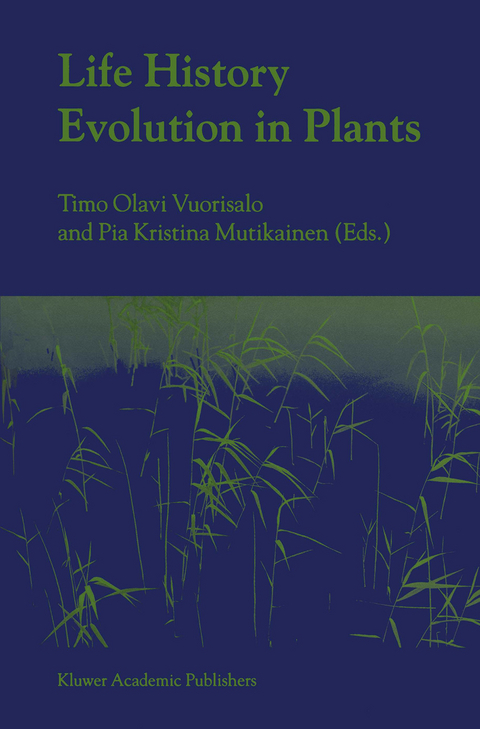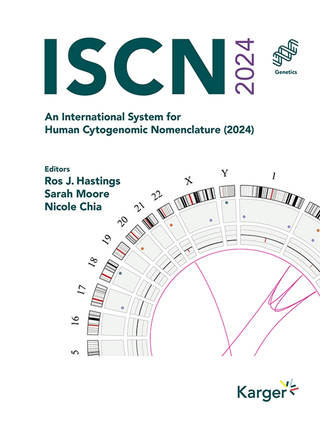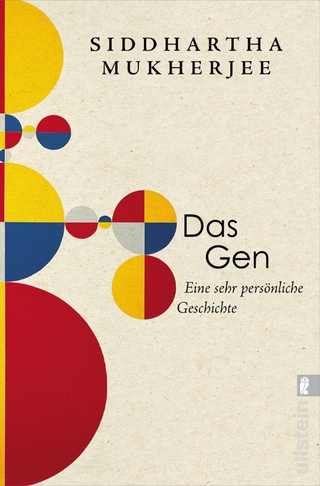
Life History Evolution in Plants
Springer-Verlag New York Inc.
978-1-4020-0279-3 (ISBN)
1. Modularity and Plant Life Histories.- 1.1. Modularity: the concept.- 1.2. Life-history concepts and the modular hierarchy.- 1.3. Modularity, the allocation principle, and trade-offs.- 1.4. Modularity and sex.- 1.5. Conclusion.- 1.6. References.- 2. Modelling and Measuring Plant Life Histories.- 2.1. Introduction.- 2.2. Transition matrix models.- 2.3. Importance of demographic parameters in plants.- 2.4. Actual variation in transition rates.- 2.5. Trade-offs.- 2.6. Plant life histories and the environment.- 2.7. Concluding remarks.- 2.8. References.- 3. Fitness Interactions Among Plants: Optimal Defence and Evolutionary Game Theory.- 3.1. Introduction.- 3.2. Interactions between plants.- 3.3. Plant defence theory.- 3.4. Herbivory and interactions between plants.- 3.5. Concluding remarks.- 3.6. References.- 4. Genetic Variation In Life-History Traits: Heritability Estimates within and Genetic Differentiation Among Populations.- 4.1. The scope of this review.- 4.2. Evidence for genetic variation in life-history traits within populations: field and greenhouse experiments.- 4.3. Evidence for genetic differentiation among populations in life-history traits.- 4.4. Suggestions for future research.- 4.5. References.- Appendix 4.1.- Appendix 4.2.- 5. Resource Allocation, Trade-Offs, and Reproductive Effort in Plants.- 5.1. Introduction.- 5.2. The measurement of reproductive effort.- 5.3. Reproductive effort versus reproductive cost.- 5.4. Phenotypic versus genetic variation in reproductive effort.- 5.5. Developmental constraints.- 5.6. Conclusions.- 5.7. References.- 6. Phenological and Developmental Costs of Male Sex Function in Hermaphroditic Plants.- 6.1. Introduction.- 6.2. Why male function may be surprisingly costly in hermaphrodites.- 6.3. Next steps.- 6.4. References.-7. Evolution of Plant Dispersal.- 7.1. Introduction.- 7.2. A brief history of dispersal studies.- 7.3. Selection for dispersal.- 7.4. Patterns of dispersal features.- 7.5. Phylogenetic considerations.- 7.6. Concluding remarks.- 7.7. References.- 8. Senescence in Plants.- 8.1. Introduction.- 8.2. Identifying senescence.- 8.3. Senescence in plants.- 8.4. Necessary conditions for the evolution of senescence.- 8.5. Life-cycle models.- 8.6. Conclusions.- 8.7. References.- 9. Pathogens and Plant Life Histories.- 9.1. Introduction.- 9.2. Interactions between pathogens and plant life histories.- 9.3. Empirical evidence.- 9.4. Conclusions.- 9.5. References.- 10. Impact of Herbivore Tolerance and Resistance on Plant Life Histories.- 10.1. Introduction.- 10.2. Mechanisms of tolerance.- 10.3. Models of tolerance and resistance.- 10.4. Evidence for costs of tolerance and resistance.- 10.5. Discussion.- 10.6. References.
| Zusatzinfo | XIV, 348 p. |
|---|---|
| Verlagsort | New York, NY |
| Sprache | englisch |
| Maße | 155 x 235 mm |
| Themenwelt | Studium ► 2. Studienabschnitt (Klinik) ► Humangenetik |
| Naturwissenschaften ► Biologie ► Botanik | |
| Naturwissenschaften ► Biologie ► Evolution | |
| Naturwissenschaften ► Biologie ► Ökologie / Naturschutz | |
| ISBN-10 | 1-4020-0279-3 / 1402002793 |
| ISBN-13 | 978-1-4020-0279-3 / 9781402002793 |
| Zustand | Neuware |
| Informationen gemäß Produktsicherheitsverordnung (GPSR) | |
| Haben Sie eine Frage zum Produkt? |
aus dem Bereich


